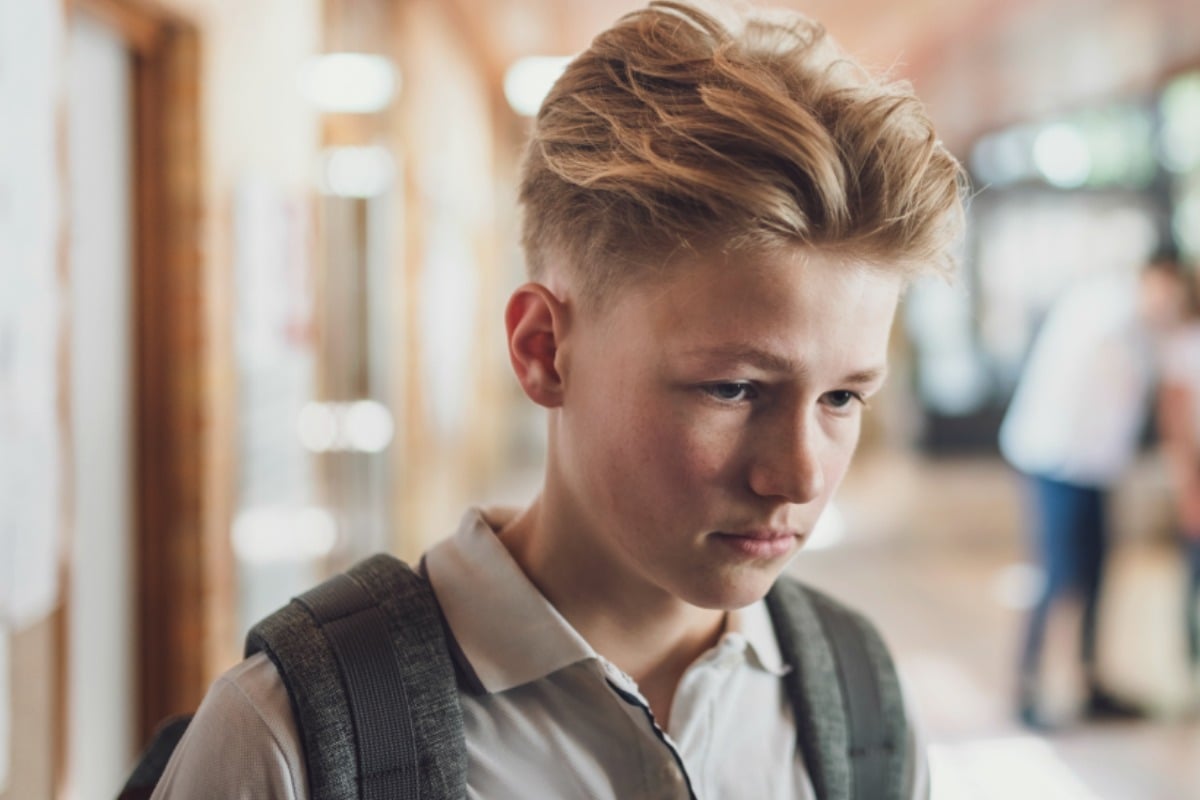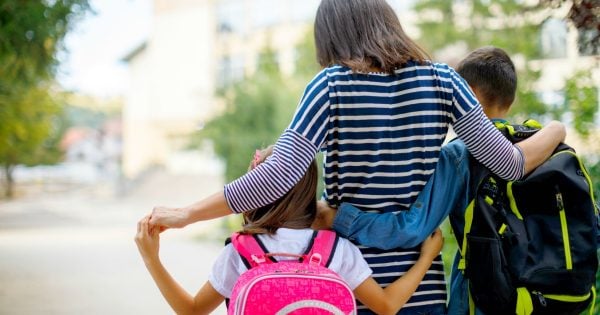
Lockdown drills have become commonplace in Australian schools at both primary and secondary levels.
As an ex teacher, I understand why these drills exist and believe it is important to have safety procedures and practice runs of these procedures for a range of different situations.
But there is an issue, and it is a substantial one. Not every student or staff member within schools find these drills simple and procedural, or helpful.
There are some that are legitimately emotionally and psychologically impacted by them, and I have witnessed this first-hand.
Why Gabbie Stroud Broke Up With Teaching. Post continues below.
So, what exactly are lockdown drills?
Similar to fire drills, their intention is to prepare students and staff in a school with the safety protocols and routines of a specific emergency scenario.
Like fire drills, they are never announced, so the majority of staff and students are never 100 per cent sure whether it’s a practice or the real thing.
Lockdowns are usually used if there is an intruder or dangerous individual on the school ground, a threat being made against students or the school, an act of violence on the school grounds or an act of terrorism.
In most cases, the lockdown is announced via the P.A system with the words lockdown repeated, as well as a siren, every ten seconds.
This is done on a loop for about one minute, accompanied by an announcement that declares whether it is a drill and the communication of which specific threat it is.


Top Comments
When we do lockdown drills with our students we tell them as it starts that it is only a drill but they need to take it as seriously as possible. Students who have been detrimentally affected by lockdowns, both real and drill, are told at least a day before so that they are able to find a safe haven when the drill begins with a trusted teacher. Even the students who have PTSD from experiencing school shootings from their time in the USA are then able to cope.
Perfect! Amazing what some common sense can do in a situation like this!
One might argue that it's the children emotionally and psychologically unprepared for a lockdown that need the drills the most...? The whole point, after all, is to make the procedure as familiar and smooth as possible, because the reality will be so much more intense. When the lockdown drills expose certain behaviours in kids, perhaps the answer isn't to dismiss or change the practice of the drills themselves, but to give these kids copying strategies to better handle each drill/ crisis.
But I would be interested to know the author's thoughts on what would be an appropriate alternative to lockdown drills.
I'm interested to see what the author has an alternative as well. My daughter has experiences lock downs in response to a violent adult being on the grounds who could of posed a risk to children and teachers.
Except if the kids don’t know if it’s real or a drill, then the practise situation is exactly as intense as the ‘real’ one. And there’s only the tiniest chance that these drills will ever be needed, so is it worth traumatising thousands of kids on the off chance that it is useful one day? In a country with zero school shooting a year it is definitely debatable, and it seems reasonable to at least tell the students if it’s a real or practise alarm. Besides, if you don’t tell them when it’s a drill then chances are in a real emergency, half the class will think it’s not important.
Everyone can see what’s going on with hazardous weather though, it’s not exactly a ‘lockdown’ in the sense that alarms go off and you barricade the door, it’s much more likely an announcement. And yeah I guess intruders are an issue but again, all of these procedures are geared towards the situation where they have a gun or another weapon. In the current world situation kids are going to be thinking about a school shooting when those alarms go off. And in any of these cases there’s no reason that the kids can’t know it’s a drill to save them the trauma of expecting to be shot.